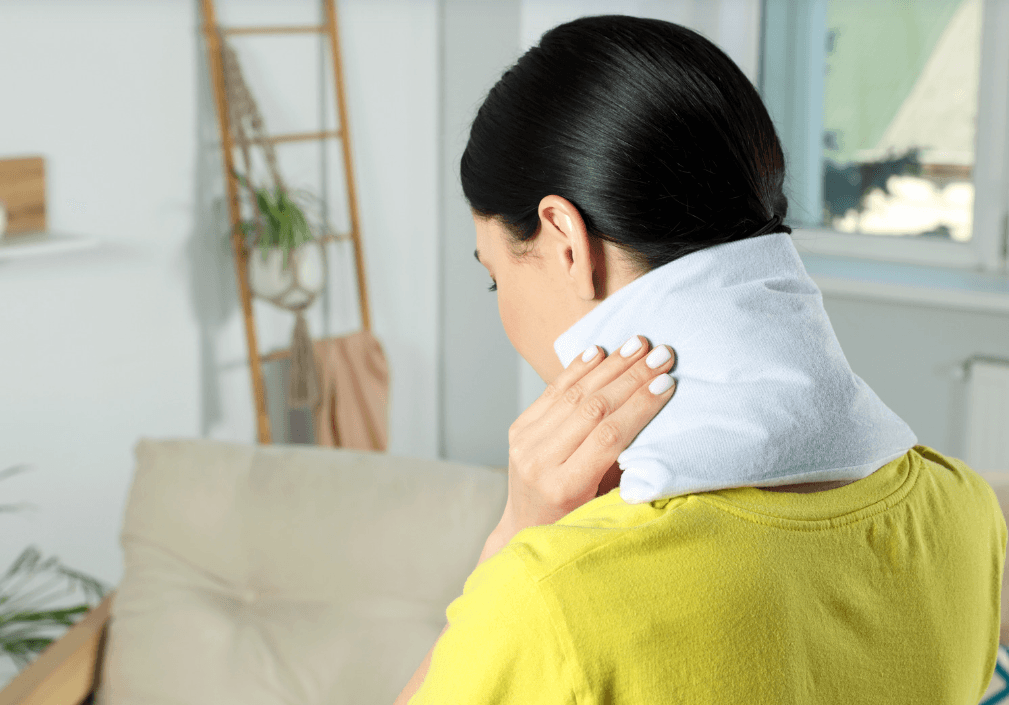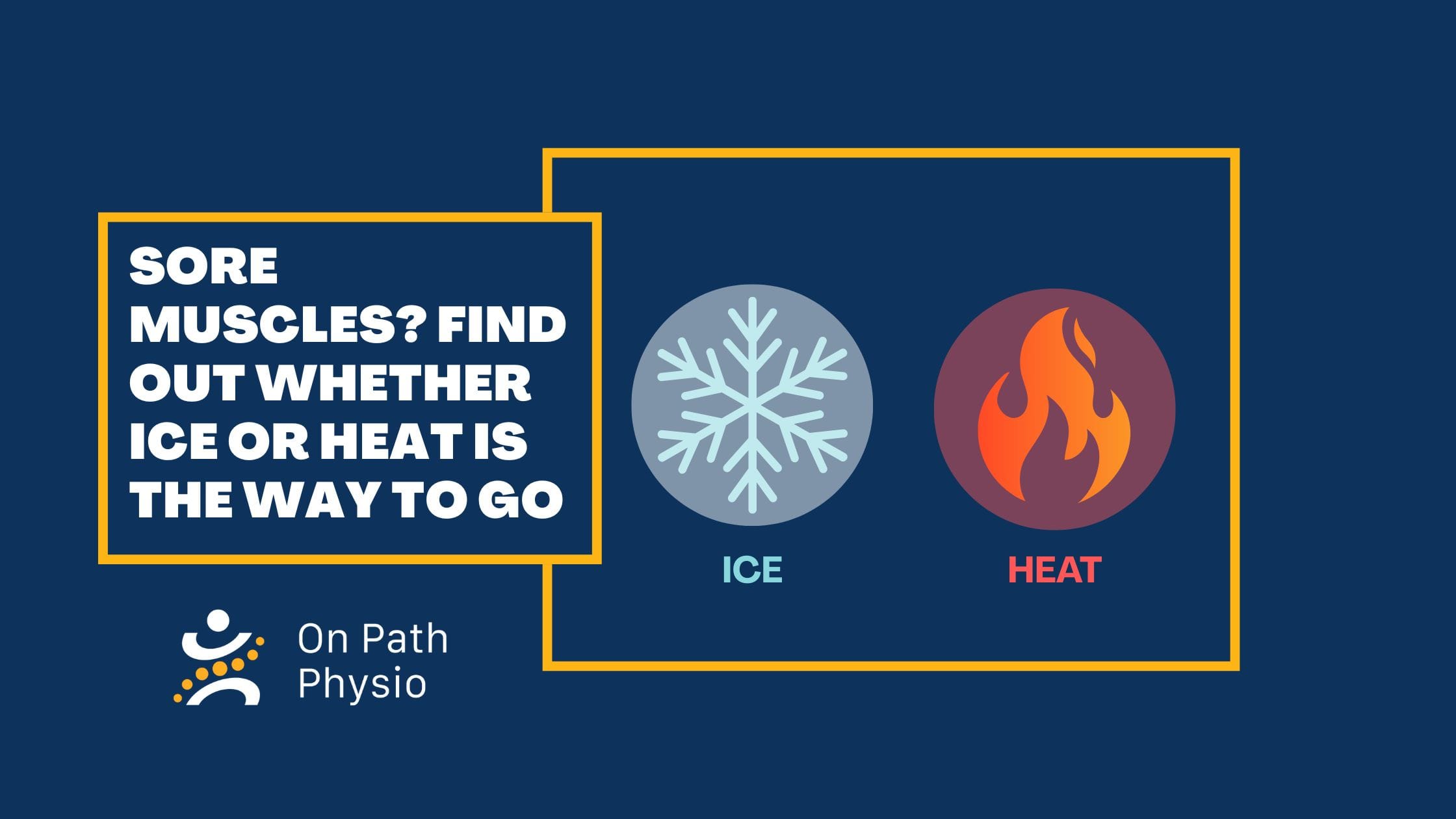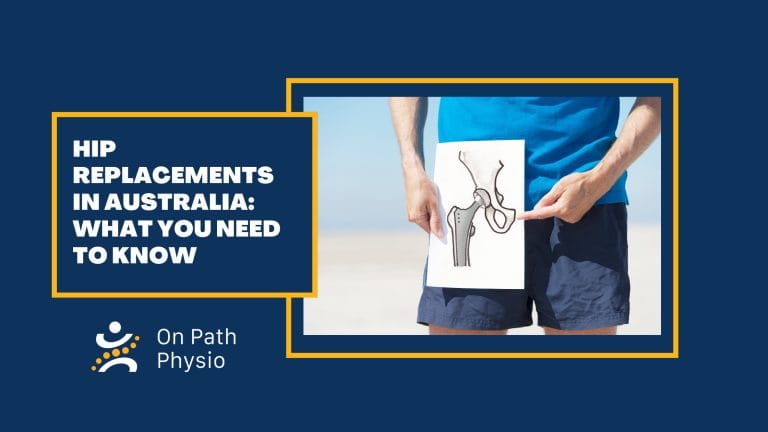No matter your level of activity whether you’re a weekend warrior, a seasoned athlete, a fitness newbie, or simply someone who enjoys staying active aches and pains are part of life. But when discomfort strikes, one of the most common questions is: should you reach for ice or heat? And when can both work together?
Here’s a practical guide to help you decide what to use and when so you can bounce back faster.
When to Use Ice
If you’ve recently injured yourself (within the last 4 weeks), ice is your go-to remedy. Cold therapy works by constricting blood vessels, which reduces blood flow to the area. This helps numb pain, minimize swelling, and limit bruising.
Ice is best for:
- Acute injuries (like a fresh sprain or strain)
- Gout flare-ups
- Muscle sprains and strains (within the first 48 hours)
- Tendinitis (especially during early onset or flare-ups)
For best results, apply ice immediately after the injury and continue using it for the first 24–48 hours.

When to Use Heat
If your pain has been lingering for more than 4 weeks, heat may offer better relief. Heat helps relax tight muscles, increase blood flow, and ease joint stiffness, making it ideal for chronic pain or older injuries.
Heat is ideal for:
- Arthritis
- Muscle strains and sprains (after 72 hours)
- Tendinosis (chronic tendon conditions)
- Tension headaches
- General muscle soreness
Remember: don’t apply heat to a new injury or anything that’s visibly swollen or inflamed.

When to Use Both Ice and Heat
Much like a workout has a warm-up and cool-down phase, you can take a similar approach with injury care.
- Use heat before activity to warm up stiff joints and loosen tight muscles.
- Use ice after activity to reduce inflammation and help muscles recover, especially after intense workouts. Ice baths are a popular method for this among athletes.
For arthritis sufferers:
- During a flare-up with swelling and inflammation, use ice.
- For chronic joint stiffness or morning aches, try heat.
When to See a Physiotherapist
Ice and heat can ease symptoms, but they aren’t cures. If you’ve experienced a strain, sprain, or ongoing pain that interferes with your daily life, it’s time to consult your On Path Physiotherapist.
We can:
- Assess your injury
- Provide manual therapy
- Design an exercise plan for recovery
- Guide you on effective pain management
This professional care ensures a full recovery and helps you return On Path to your usual activities pain-free and with confidence.
Final Thoughts
Listening to your body is key. Whether you’re applying a cold compress or a warm heating pad, knowing when and how to use these therapies can make all the difference in your healing journey.
Still unsure? Don’t hesitate to reach out to On Path Physio. A little expert advice goes a long way in preventing long-term issues and promoting a quicker recovery.




